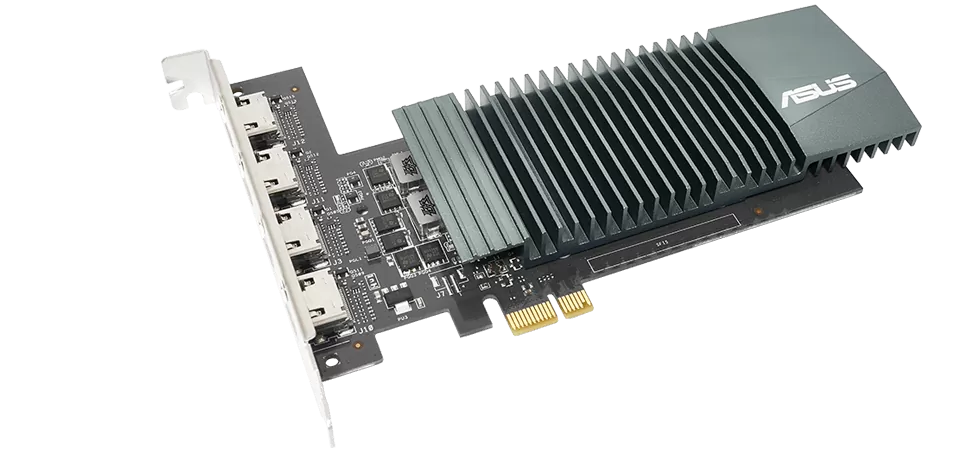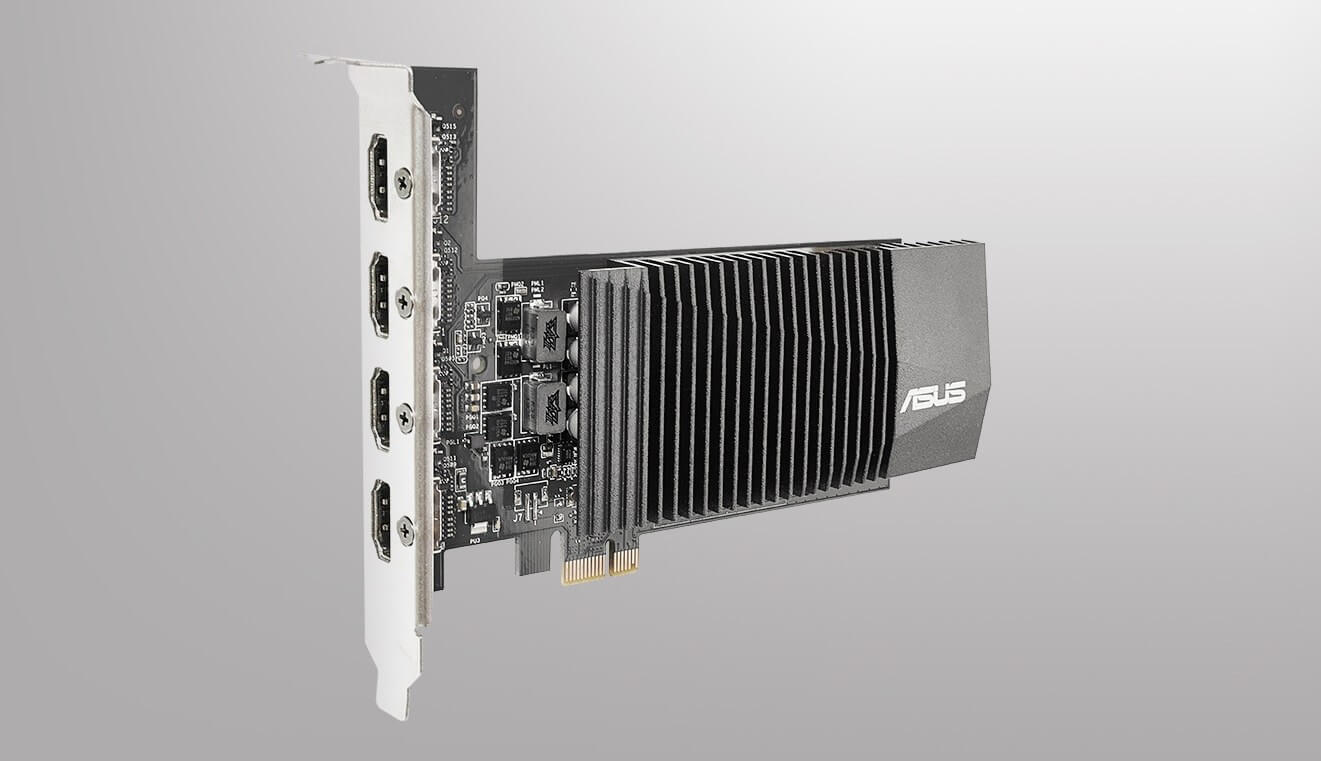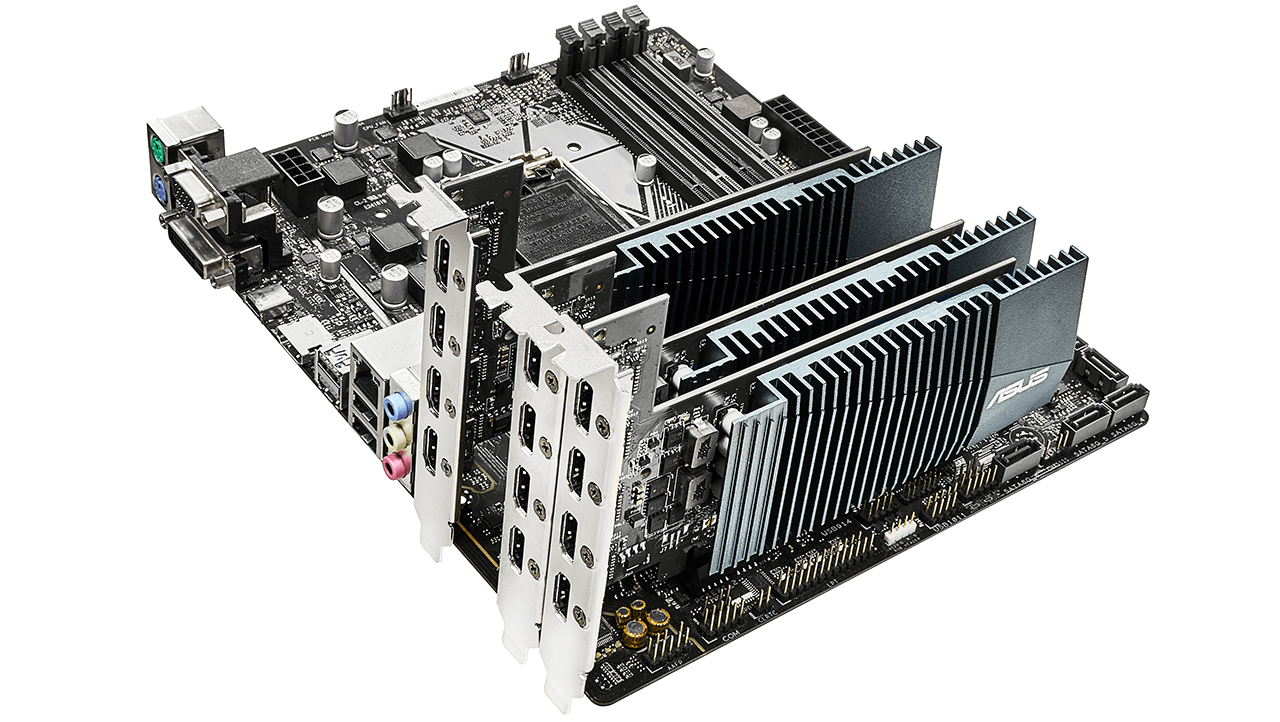Why it matters: Do you remember Nvidia’s GeForce GT710? Probably not. The card was a budget offering when launched back in 2016, costing around $35 for the 1GB option and $40 for the 2GB model. Now, a redesigned version has arrived, and this time it comes with four 4K-capable HDMI ports.

The new GT710 has appeared on Asus’ website. Like the original, it features a mere 192 CUDA cores on the 87 mm2 GK208 Kepler die from 2015, and the GPU engine clock remains at 954 MHz while the memory clock is 5012 MHz.
Some improvements to the GT710 include the memory going from 1GB/2GB of DDR3 to 2GB of GDDR5. Interestingly, we heard earlier this month that Nvidia's GTX 1650 graphics cards are transitioning to GDDR6 due to the “industry running out of GDDR5,” so it’s unclear if this might affect the new GT710 down the line.

The biggest change to the card is that it now comes with four HDMI video outputs, rather than the original single DVI, VGA, and HDMI ports. Asus notes that the card supports resolutions of 3840 x 2160 at 60Hz, but only for one monitor. It can power multiple displays at 4K, but only at 30Hz. Asus also writes that as the card is passively cooled it will run quiet.

Four years ago, Nvidia claimed the GT710 offered "up to 10x better performance than integrated graphics," which even back then might have been stretching the truth. You’re certainly not going to be playing Metro Exodus on it, but the card will likely find use in the enterprise sector where it could power multiple advertising displays. The GT710 is expected to cost around $50 at launch.
https://www.techspot.com/news/84801-gt710-back-time-four-4k-hdmi-ports.html